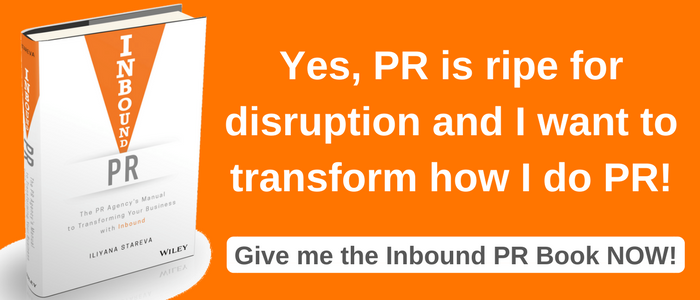 Nowadays, millions of organisations around the world do inbound.
Nowadays, millions of organisations around the world do inbound.
At HubSpot, we began the inbound movement about 13 years ago when we noticed a major shift in the market where customers were beginning to change how they were consuming information and making purchase decisions.
The inbound movement began with inbound marketing which enabled companies to adjust to this new reality and attract customers to their products and services via content marketing, social media marketing, SEO and other types of owned media. This approach allowed businesses to generate a ton of leads and pass them onto sales to close them as customers. It worked really well and it still does but it's not enough.
Just as 13 years ago, we're now seeing another shift in the market that centres around customers as your biggest driver of revenue growth.
With that, the definition of inbound and the inbound methodology had to adapt too to help businesses grow better in the 21st century.
Let me welcome you to the era of Inbound 3.0 and help you understand how you can be a true inbound business.
What Does 'Inbound' Really Mean
Inbound is a method of attracting, engaging, and delighting people to grow a business that provides value and builds trust. As technology shifts, inbound guides a company to do business in a human and helpful way.
The inbound approach means doing business in a human, helpful way to create meaningful, one-to-one relationships with strangers, prospects, or customers. Businesses use the inbound methodology to build trust, credibility, and momentum. It’s about adding value at every stage in your customer's journey with you.
When all of your teams are aligned around the inbound methodology, you can provide a holistic experience for anyone who interacts with your business, no matter where they are in their buying journey.
Today, attracting isn’t just the role of marketing. Engaging isn’t just the role of sales. Delight isn’t just the role of services.
To create relationships that last and customers who stay, every customer-facing team needs to focus on how they can contextually attract, engage, and delight people to continue to provide value and build trust in your brand.
What Does the New Inbound Methodology Look Like
The new inbound methodology is composed of three stages: attract, engage, and delight.
- Attract: Attracting is about using your expertise to create content and conversations that start meaningful relationships with the right people.
- Engage: Engaging is about building lasting relationships with people by providing insights and solutions that align with their roadblocks and goals.
- Delight: Delighting is about providing an outstanding experience that adds real value, empowers people to reach their goals, and become promoters of your company.
.png?width=400&name=inbound-methodology%20(1).png)
This is a new methodology for marketing, sales, and services. The new inbound methodology shows how all three departments must work together. It’s designed to break down the silos between teams. When all of your teams are aligned around an inbound approach, you can provide a holistic experience for anyone who interacts with your business, no matter where they are in their buying journey.
To create relationships that last and customers who stay, every customer-facing team needs to focus on how they can contextually attract, engage, and delight your business’ strangers, prospects, customers, and promoters and continue to build trust in your brand. That’s why, with the new methodology, marketers, salespeople, and service professionals can each attract, engage, and delight in their own ways.
The most important thing to remember is that the inbound methodology has progressed from a linear methodology of attract > convert > close > delight (see here for a reference with the Inbound PR methodology) to a circular flywheel shape representing attract > engage > delight > and repeat.
From a business perspective, the flywheel model represents the growth of your business, and happy customers provide the energy that fuels that growth, either because they buy from you again or because they bring new customers to you by promoting your product to other people in their network. But if you produce unhappy customers, either by selling to people who are bad fits for your offering or by overpromising and under-delivering, they’ll slow your company’s growth. The flywheel is the model an inbound business uses to execute the inbound methodology.
Unlike a funnel, where the only way to maintain a constant speed is to keep adding more, the flywheel will continue spinning. Happy customers provide the energy that fuels that growth. That’s why the inbound methodology is a circle — it represents the flywheel that will drive your company’s growth.
What Inbound Is and What It's Not
Inbound is:
- A methodology you can use to run a business
- A philosophy/approach to doing business in a better way
- A method that all your teams (marketing, sales, and service) can and should align behind
- It's HOW (the steps) you grow better
Inbound is not:
- An all-powerful, quick-fix solution to growing your business — it takes time and work.
- The HubSpot platform. The inbound methodology can be used regardless of whether or not you're a HubSpot customer.
- Only inbound marketing. Inbound is a methodology for marketing, sales, and service.
- The end result.
If you are ready to master Inbound 3.0, I encourage you to take the new free Inbound Certification from our HubSpot Academy.
Is your business an inbound business?







